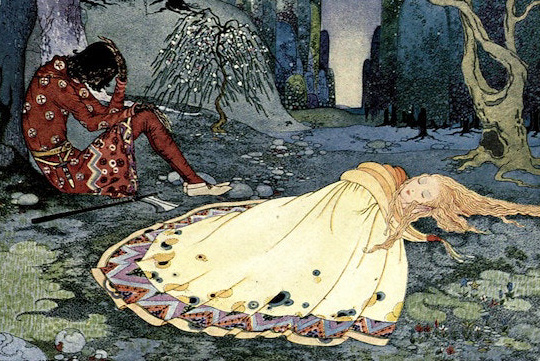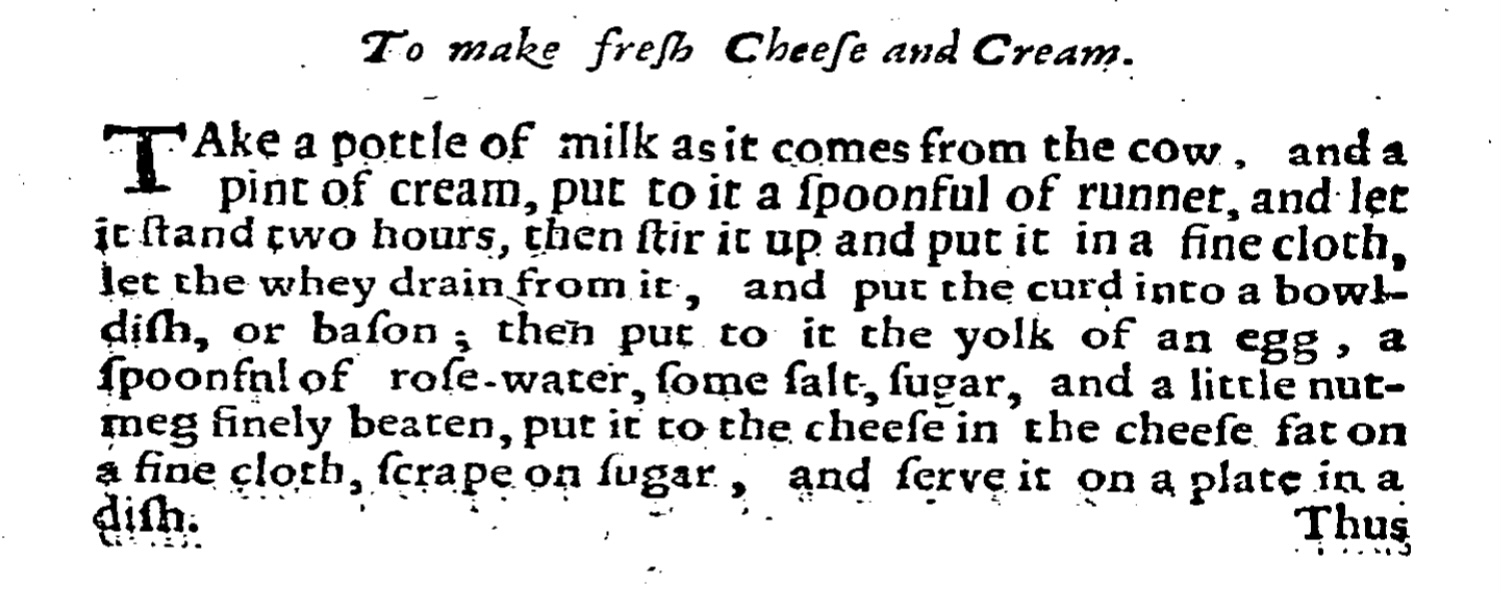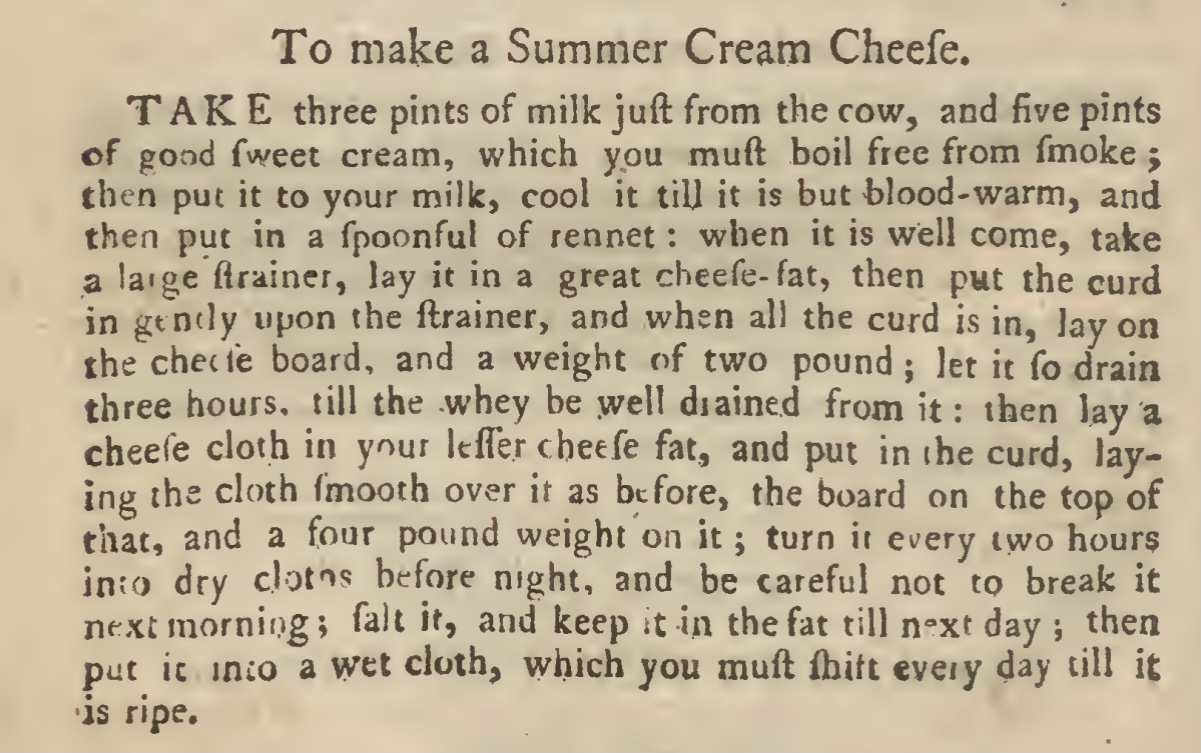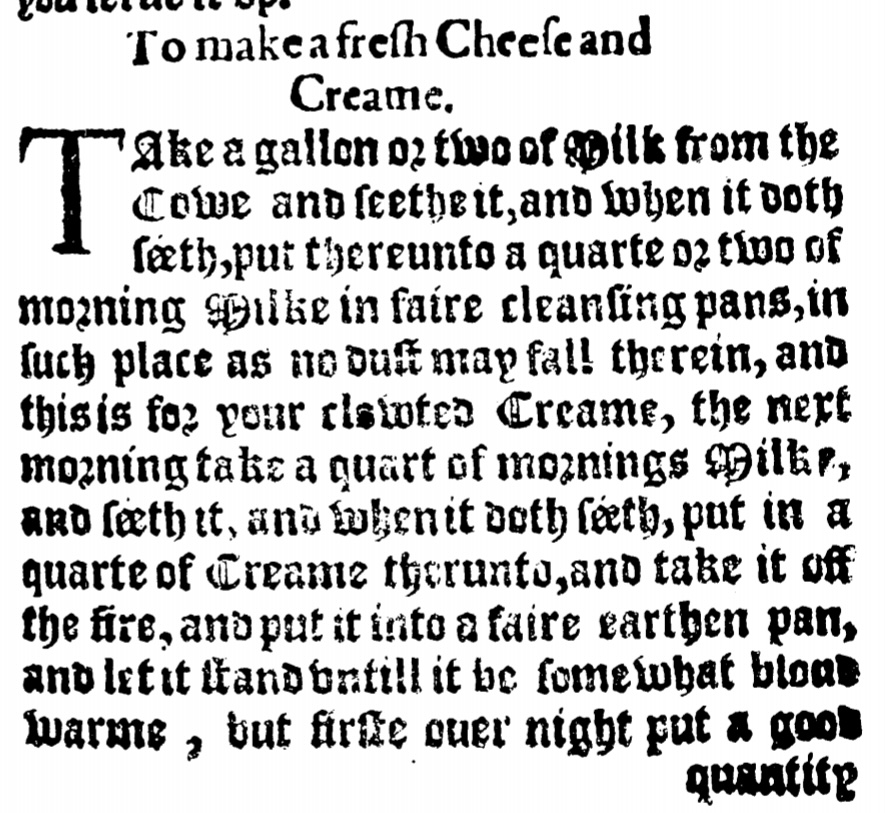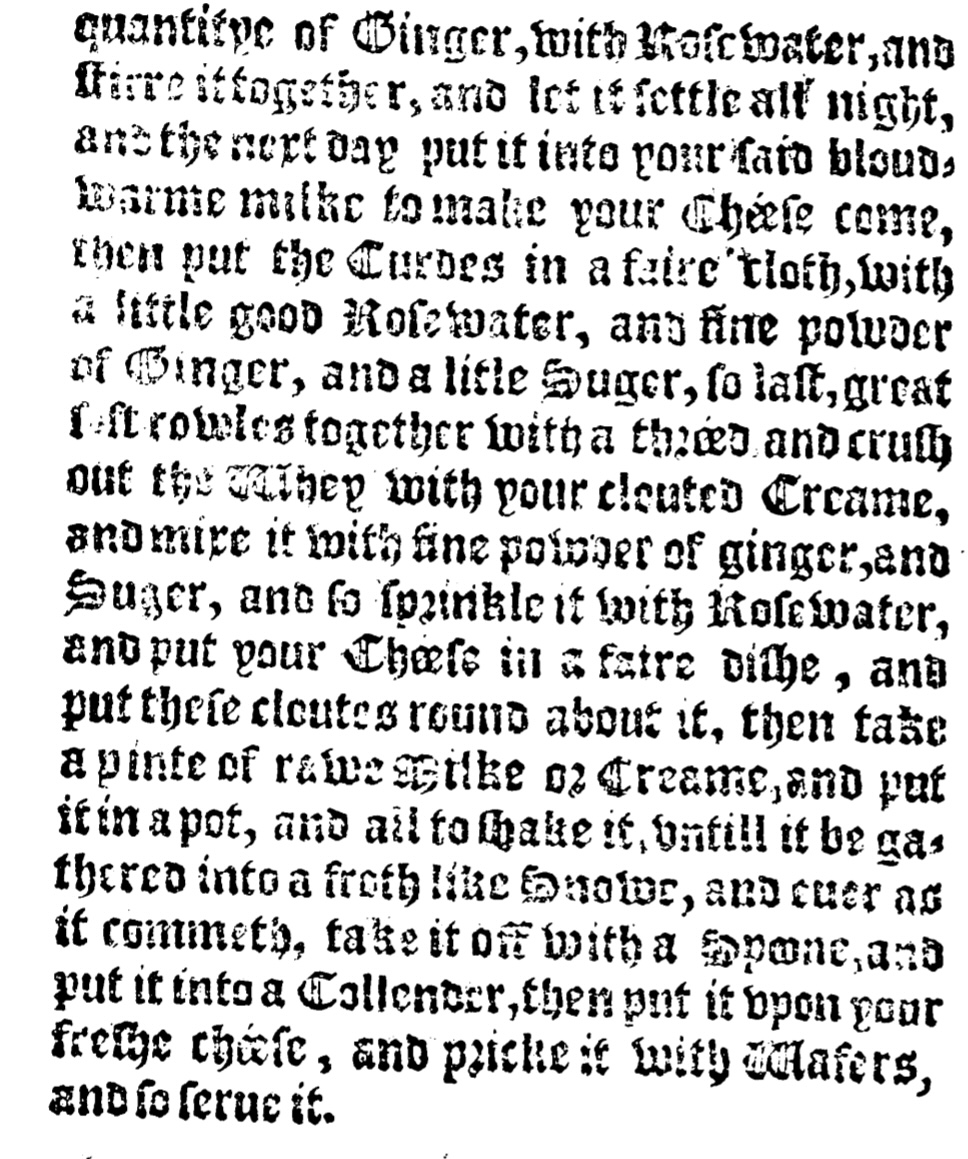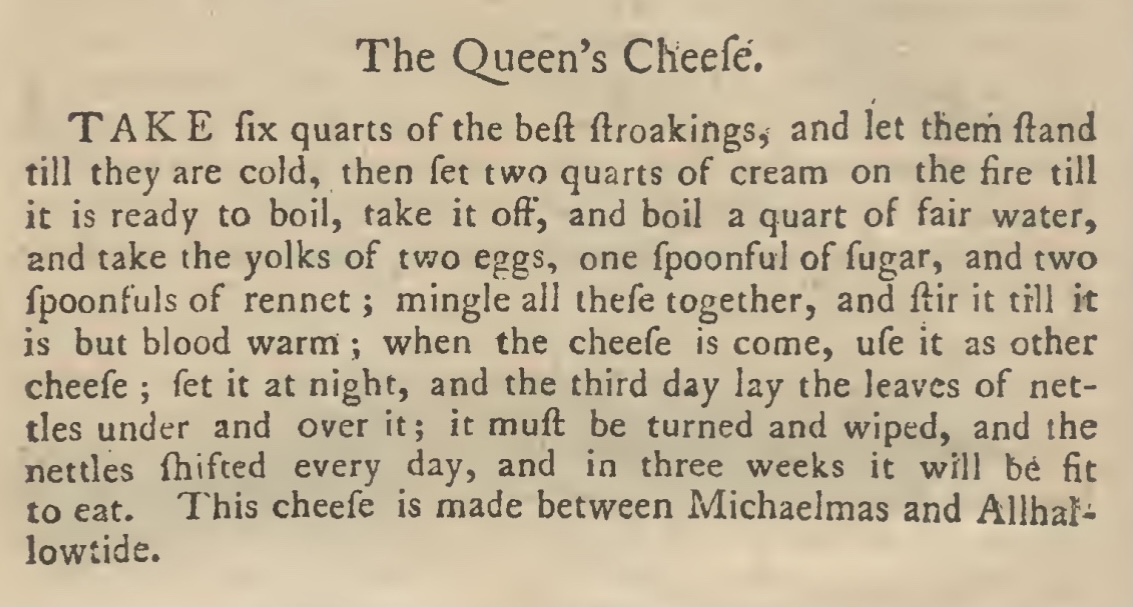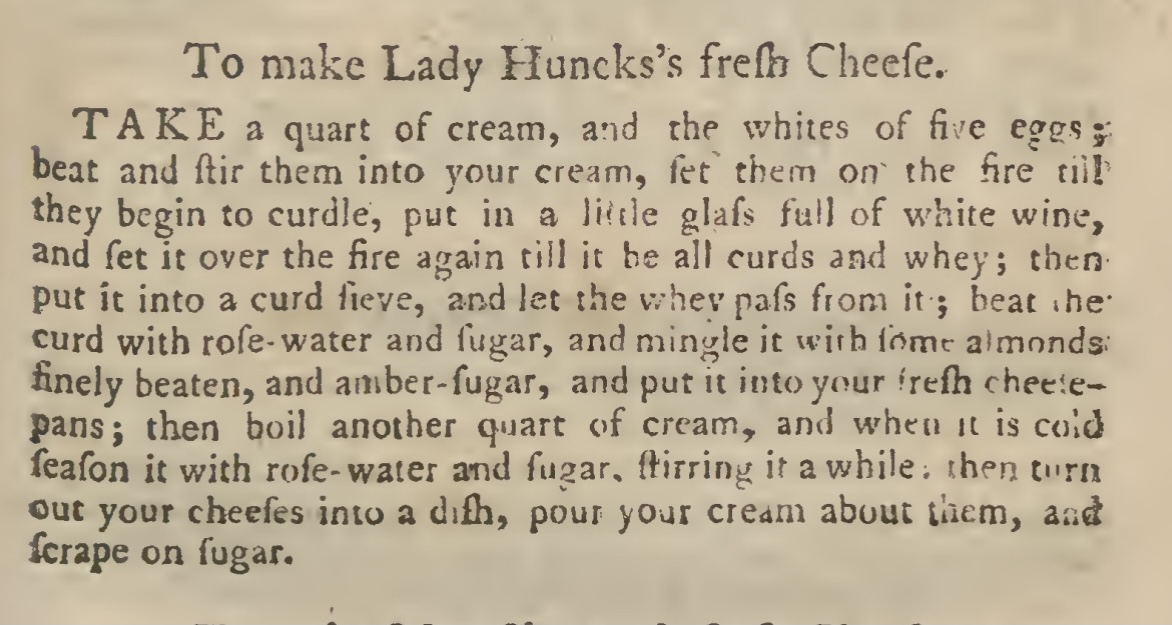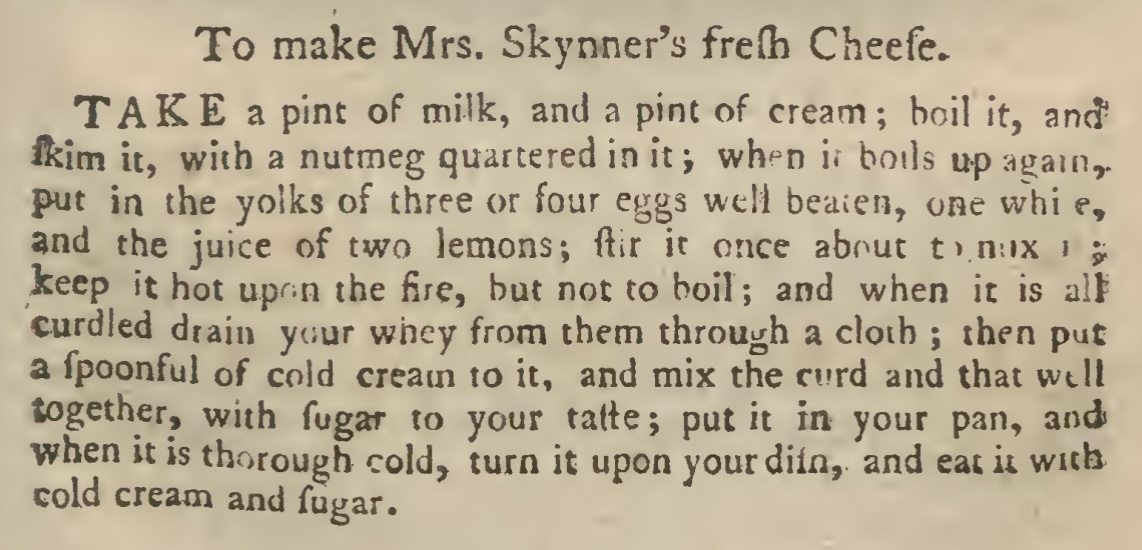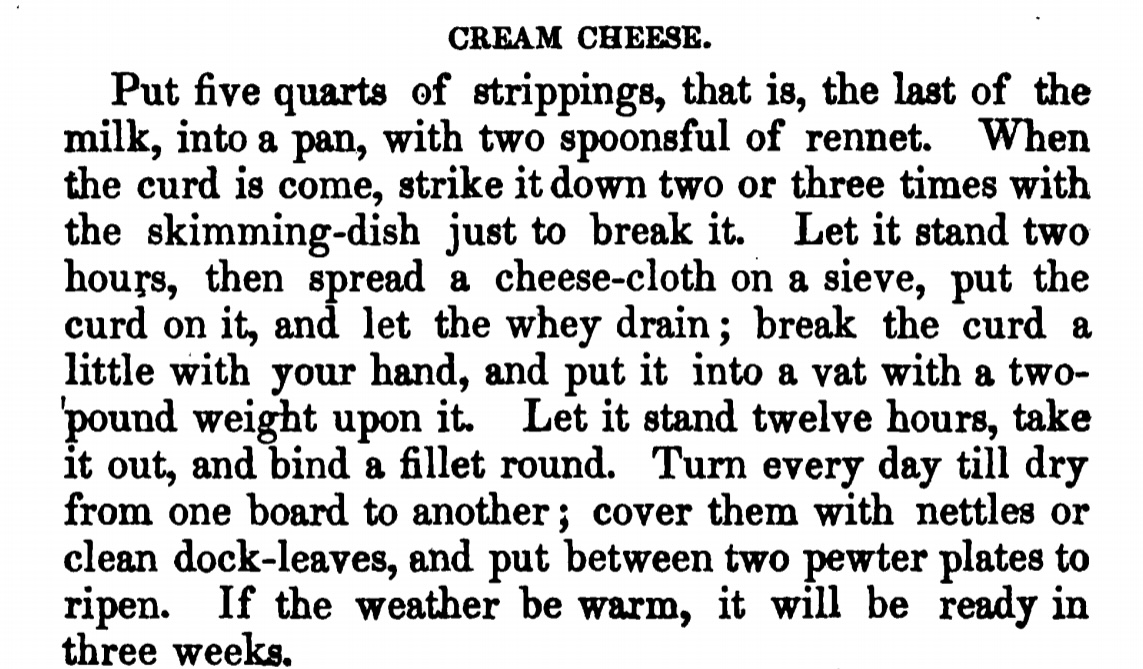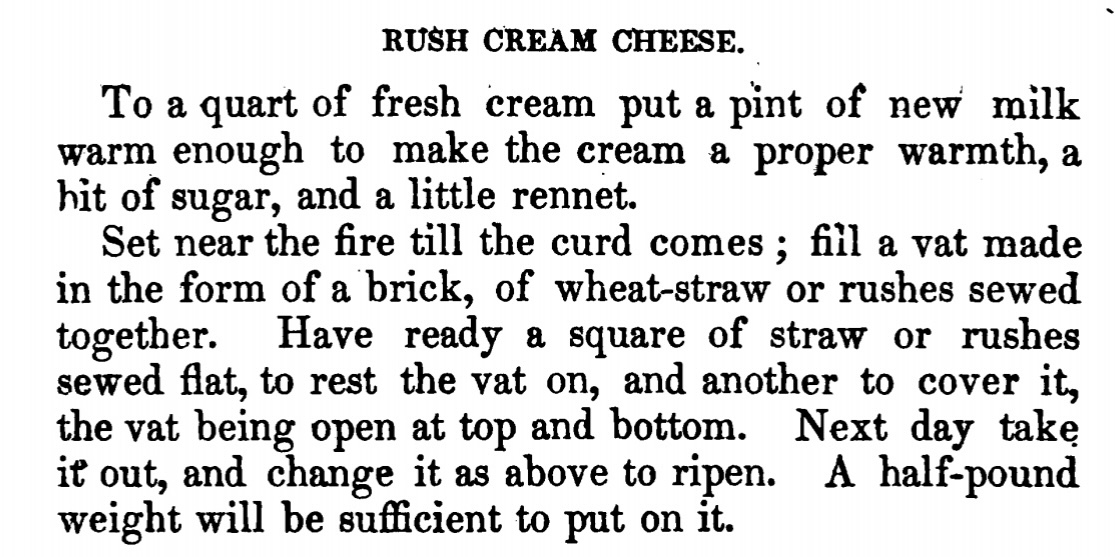In which we discover that fairies have some scary punishments, kings can have strange priorities and that you can be queen and still make excellent cream cheese.
In which we discover that fairies have some scary punishments, kings can have strange priorities and that you can be queen and still make excellent cream cheese.
We also explore the world’s smallest kingdom, find out what happens when fairies go bad and why you should always reward any household helpers even if you don’t know who they are. The story in this episode is both whimsical and bizarre in the grand extravagant French style.
This episode’s story can be found in the Olive Fairy Book collected by Andrew & Leonora Lang
This episode’s recipe is Hot Spinach & Artichoke Dip
If you’d like to find any of the books or articles I mentioned or any of the books I read when researching this podcast they can be found in Further Reading

Lets start with a Touch of Whimsy
So what did you think? I love the story for its whimsical nature although I am willing to admit that there are some impenetrably bizarre moments. The tiny kingdom and the fairy madness really make the story for me. This is a literary fairy tale written in the grand French style from the third phase of French literary tales. Despite some of the more bizarre qualities of this story it is definitely a tale with a strong moral about valuing a strong work ethic even amongst royalty. There is also an element of parody, the author wrote these tales for an adult audience and was a member of a fashionable salon that enjoyed a radical element. We probably need to look at the author and the background to these types of tales as they perhaps explain some of the more unusual elements.
Who is that Masked Man?
The original author of our tale was Anne Claude, Comte de Caylus, he was a French man of letters from the 18th Century. He wrote tales in what is considered the third phase of French literary fairytales but he was a throwback in some ways to Perrault and D’Aulnoy. He was an aristocrat who travelled widely and had an interest in what we now know as archeology, the story of some of the lengths he went to to see ancient ruins could be a tale all by itself. He wrote fairy tales as a hobby and did not base his French tales on French folklore. He did however very carefully adapt the Koran and Muslim lore for his Oriental Tales which he published in 1743, two years later than Feéries Nouvelles, the volume from which this tale was taken.
And the Moral of the Story Is …….
Comte de Caylus was also a big fan of adding morals to his stories as well as a hint of parody. In this tale it seems to me that he suggests that although he believes applying the important values of hard work, tradition and learning are important, ultimately you need someone who is properly trained in ruling to run a stable, well-run kingdom. There is also a side note that women should valued for their skills and inheritance as much as for beauty although there are a couple of troublesome passages.
A touch of French Style
There is much dispute about where the stories came from that were rewritten into the grand style of literary French fairy tales. It is however suggested that the famous writers including Madame D’Aulnoy and Charles Perrault drew from genres that they knew: epic tales, medieval romance and popular tales including folktales. They wrote competitively for salons and published regularly until 1715. The beautiful, extravagant settings for these tales came from the time that they were written, that of Louis XIV’s France. The writers moved in court circles where courtliness, witty conversation and romance were highly valued and these are reflected in the tales.
Or is it Really Spanish Style?
There is a school of thought as advanced by Ruth Bottigheimer which suggests that a lot of tales can be traced back directly to tales from Francesco Straparola who produced a two part book of tales called Pleasant Nights which was originally meant for a Venetian audience and was printed in 1551 (part 1) & 1553 (part 2). This book was translated in two parts, the first part was printed in 1560 and the second in 1576 by two different translators.
The work was called ‘The pleasant nights of Sir François Straparole, with the fables and riddles, told by two gentlemen and ten young ladies, newly translated from Italian into French’. The second translator, Pierre de Lavirey then went back and added omissions from the original text of Part 1 and reworked the translation of both Part 1 & Part 2 between 1580 and 1585.
Blame it on the Nursemaids
Bottigheimer has dismissed the notion that these tales would have come to the notice of their noble writers from their nursemaids. In France nursemaids were often peasant women who would wet-nurse several babies, many of whom did not survive and once weaned babies would be returned to their noble families. This is very different from the popular conception of nurses sat by the fireside telling tales to their tiny charges. If this theory is of interest you might wish to read Italian Popular Tales by Thomas Frederick Crane (details in Further Reading) and see if you can see ay similarities.
High Fantasy or Down to Earth Fae?
The elements of this story are more high fantasy than tales in the oral tradition based on folklore but there are couple of similarities. The fairies are all powerful in this tale and they drive the story forward. The mortals are desperate not to offend them as they hate to be treated less than respectfully. Even the protective fairy turns the naughty children into puppets due to their terrible behaviour. This translates into more traditional tales where godmothers or witches are often disguised as old women and treating them poorly results in poor outcomes for potential heroes.
The other similarity is leaving food out for the household fae as a reward for their service, in this case in the form of cheese. Dairy foods are said to be particularly attractive to brownies in particular although this is normally as a gift of fresh milk. The folklore of the dairy is fascinating and I don’t want to get even further off track here but if you are interested then look out for a future episode.
There is a lot of information on French fairy tales and I’ve provided a list in the further reading section of my blog which can be accessed via the show notes. I haven’t even mentioned 1001 Nights and Galland here as there just wasn’t time but the background is fascinating especially considered against the background of French history.
Cream Cheese or Barley Cake?
So we move on to the food element of our story. I just couldn’t resist a story where a queen is known for the quality of her cheeses. There can’t be many of those so I had to choose cream cheese for examination today. I did briefly consider the barley cake but if you’ve heard my opinion of barley generally than you can imagine why I steered clear. If you are interested there are some great websites who will assist you if you want to make historic foods and barley griddle cakes are very popular.
However my love for cheese has been established so I have indulged myself in exploring cream cheese and I have to say I’ve learned lots and been left with a deep desire to get comfy with a good book accompanied by ‘du pain, du vin et du Boursin’. For those of you who are international or under the age of 30, this was a very effective and successful slogan for a garlic and herb flavoured cream cheese (some bread, some wine, some Boursin). Its delicious but doesn’t actually come into this as it wasn’t invented until 1957 and as our story was published in 1741.
What Exactly is Cream Cheese?
We should probably clarify what was meant by cream cheese at that time in France or even England for that matter. It definitely wasn’t Philadelphia which was invented in 1872 (well something similar to what we know today anyway) and then refined until the current much copied long life recipe we now know was developed in the 1940s. The movement of cheesemaking from home to factory and from something that chiefly involved women, to an industry managed by men happened around the same time as the original cheese was developed.
It was called Philadelphia style as that was where the best cream cheeses had come from previously. William Lawrence, the original cheesemaker, was apparently asked by a prestigious deli in New York to make a more luxury product so he added cream to his full fat milk cheese and history was made. There were a lot of reasons it was a success, including being packed in square packaging instead of round but it wasn’t something our farmer queen would recognise. In fact, being French I imagine she would be appalled at carob gum and other stabilisers being added to cheese to keep it edible.
Fresh Cheese or Cream Cheese
So back to our farmer queen and a quick look around types of cream cheese. Cream cheeses are cheeses made from milk that has had cream added to the milk before making into cheese. In England that was traditionally the morning milk with the cream from the evening milk added. Cream cheese in the 18th century was not necessarily a fresh cheese which is eaten as soon as it is made like farmer’s cheese, mozzarella or paneer. It could also be a soft cheese which was left to ripen such as a Camembert style or Brillat Savarin cheese. They are still high in moisture and don’t mature for a long time, strictly speaking even Stilton is a cream cheese.
A Generosity of Recipes
The first English recipe I could find is in a book called the Good Housewife’s Jewel from 1596 and recipes were still appearing in 1842 in an additional of Mrs Rundell’s A New System of Domestic Cookery. I also found recipes in E Smiths Complete Housewife (1773).
Some of these cheeses were wrapped in dock leaves or nettle leaves to ripen but others were served straight away. These are probably not that dissimilar to cheeses being made in France at the time in private households. They are, however, more likely to have a strong local tradition than in England.
I think for the sake of this post we should probably think of it as a fresh soft cheese although it would be more crumbly and not whipped like a modern cream cheese. You could perhaps picture a fresh goat’s cheese log type cheese: spreadable but with crumbs.
A Touch of Dairy Folklore
Just a bit of dairy folklore for you before we move onto our recipe:
‘Occasionally the butter refuses to come when the milk is being churned. The cause of this may be that the cow, the milk, or the cow’s owner has been overlooked. If the culprit is suspected, a piece of homespun yarn must be taken out of his or her house “unbeknownst to them;” a long thread must be broken off and nine knots tied on. Then take the thread with the knots outside the house or dairy, break off the ninth knot, throw it over your left shoulder, then bring the remainder of the yarn back into the house; get an old horseshoe, make it ” real hot, but not red hot,” and put it with the yarn with the eight knots on it under the churn when they are churning, and this will bring the butter back’
Singleton, A. (1904). Dairy Folklore, and Other Notes from Meath and Tipperary. Folklore, 15(4), 457-462.
Its possible that the change in temperature of the dairy due to the hot shoe was responsible. However, the ways of the dairy are both weird and wonderful so its probably best to get knotting to be on the safe side.
Are You Ready to Dip?
Right on to our recipe which has more connection to modern cream cheese than the historic one but on the plus side its easier to get. Alternately you could skip the recipe and if you are based in the UK, head over to The Old Cheese Room and buy some Lypiatt, some Wasabi Pearl and some Truffle Pearl. Then get some good bread and your favourite drink and just indulge yourself in cream cheese. Where was I, sorry I went to a different place. This week we have Spinach & Artichoke Dip, doesn’t that sound healthy? I always feel much better after I’ve eaten it so its definitely good for mental health.
Its a garlicky, cheesy, gooey, tasty hot dip and it has vegetables so yay! I’d normally say its perfect to take to someone else’s party and pop in their oven or for when you have people round to watch films/sport but for now I’ll just suggest it as main course with a big baguette and some ritz crackers. There will be leftovers but it also makes a truly wonderful pasta sauce with just a bit of the pasta water added. You could even put it in smaller dishes and drop one off on a friends doorstep to bring joy. Just make sure they know you’re coming and are the sort of person who will return the dish. You don’t need that undermining your future years of friendship.
Hot Spinach & Artichoke Dip
4
servings30
minutes40
minutesIngredients
300g frozen chopped spinach, thawed and excess moisture squeezed out
1 tin artichoke hearts, drained & chopped (240g drained weight)
200g grated cheddar
150g grated Parmesan cheese
180 g cream cheese (this is the small pack size for Philadephia brand name)
125g full fat mayonnaise (low fat may cause splitting)
150ml sour cream
4 garlic cloves (finely minced)
1 teaspoon crushed chilli flakes
Salt & pepper to season
Directions
- Preheat the oven to 175 degrees C
- In a large bowl, combine the spinach, chopped artichokes, spinach, 3/4 of the grated cheddar, 3/4 of the grated Parmesan, cream cheese, mayonnaise, sour cream, garlic, chilli flakes, salt and pepper and stir well to combine.
- Spoon the mixture into a largish baking dish that will easily hold the amount even when bubbling (or 2 small baking dishes). Mix the remaining cheeses and sprinkle on top. Bake for 25 to 35 minutes, or until browned and bubbly.
- Serve warm with baguette or sourdough slices, ritz crackers, boiled new potatoes or even tortilla chips
Further Reading
The Olive Fairy Book, collected by Andrew Lang
https://www.surlalunefairytales.com/book.php?id=72&tale=2396
FAIRIES AND FOLKLORE, THE HISTORY OF FAIRIES IN THE FOLKLORE SOCIETY 1878-1945 by Francesca Bihet
France’s First Fairy Tales: The Restoration and Rise Narratives of “Les facetieuses nuictz du Seigneur François Straparole” – Ruth B. Bottigheimer
https://en.wikipedia.org/wiki/Anne_Claude_de_Caylus
THE GREENWOOD ENCYCLOPEDIA OF FOLKTALES AND FAIRY TALES – Volume 1: A–F Edited by Donald Haase
The Oxford Companion to Fairy Tales edited by Jack Zipes
THE FAIRY TALE WORLD – edited by Andrew Teverson
Italian Popular Tales – Thomas Frederick Crane edited and introduction by Jack Zipes
The Oxford Companion to Cheese, edited by Catherine Donnelly
https://en.wikipedia.org/wiki/Cream_cheese
Jeffrey A. Marx (Independent scholar) (2012) “The Days Had Come of Curds and Cream”, Food, Culture & Society, 15:2, 177-195, DOI: 10.2752/175174412X13233545145426
Singleton, A. (1904). Dairy Folklore, and Other Notes from Meath and Tipperary. Folklore, 15(4), 457-462.
https://www.petersyard.com/journal/a-guide-to-british-cheese-varieties/
https://www.cooksinfo.com/cream-cheese
The Good Huswifes Jewell, H Wooley 1596
The Complete Housewife – 1631 G Markham
The Accomplisht Cook – 1660, Robert May
The Complete Housewife or Gentlewoman’s Companion – 1773, E Smith
A New System of Domestic Cookery – 1842, M Rundell
Featured Image Credit: Old French Fairytales, illustrated by Virginia Frances Sterrett (1920)

